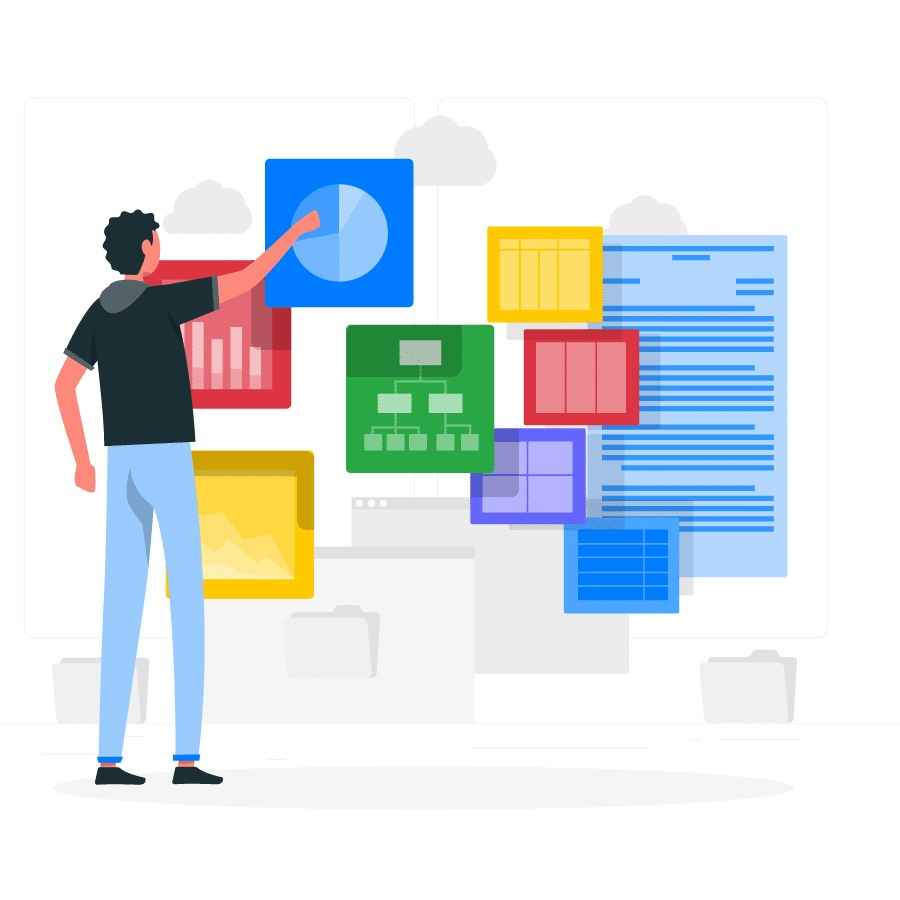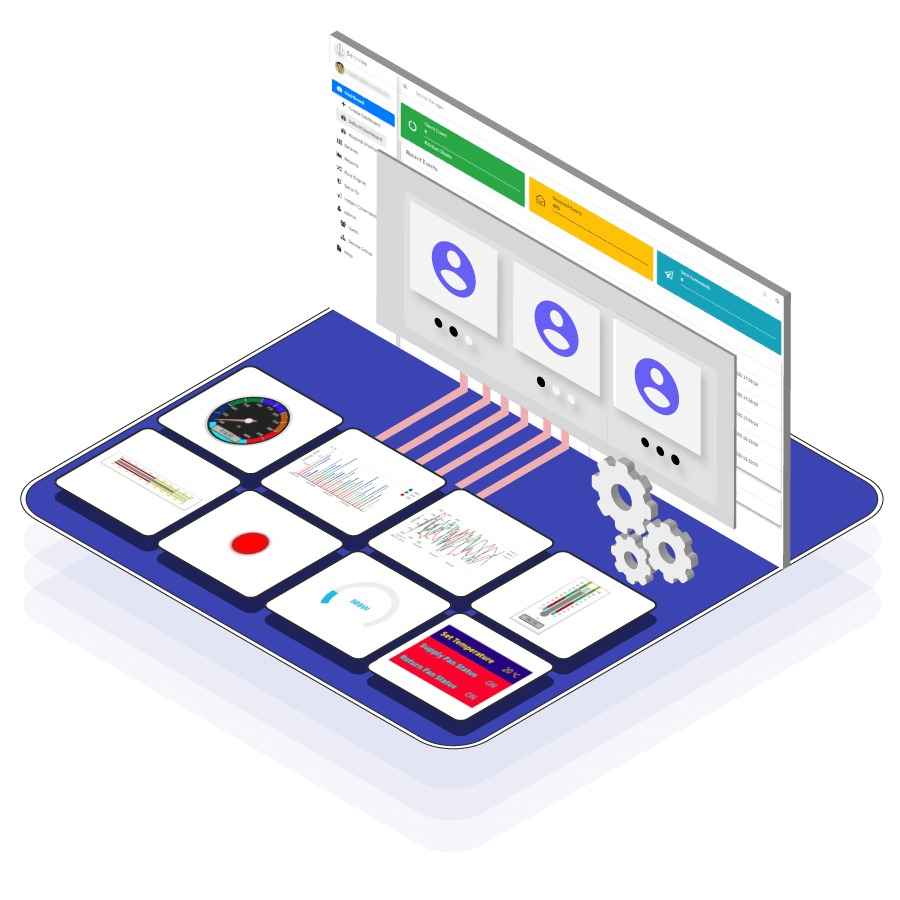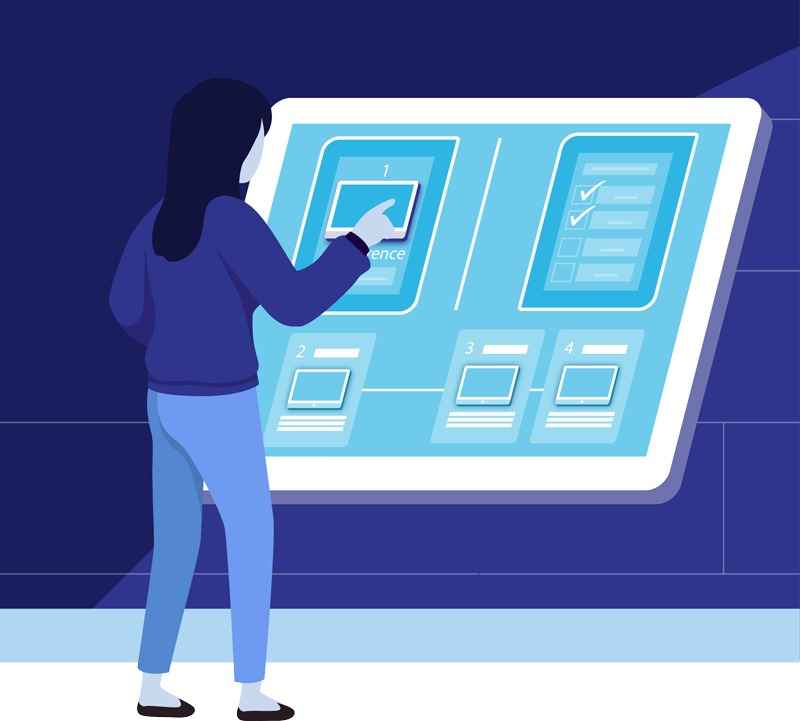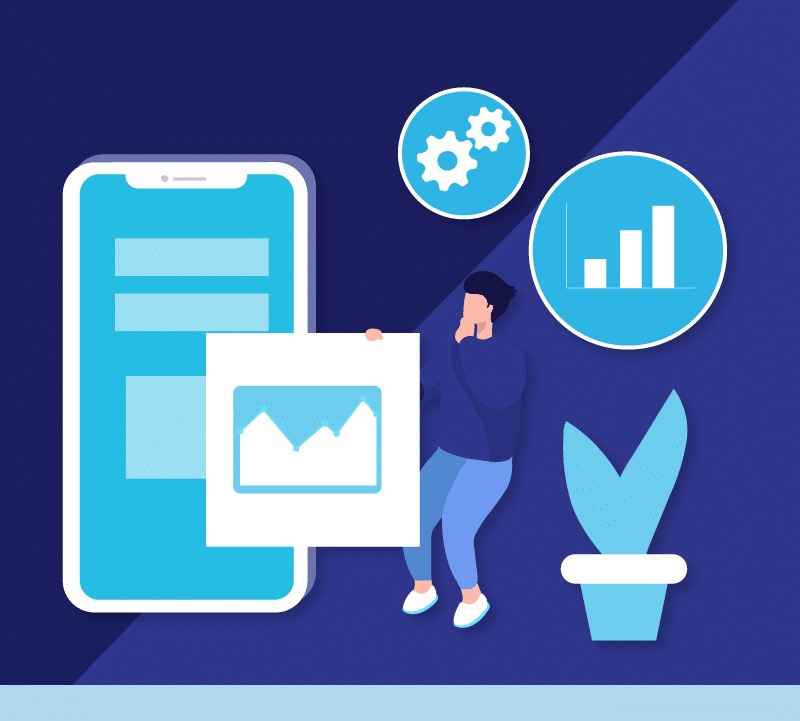What is IoT Data Visualization?

The number of IoT devices being connected, and the rate of data generation, is growing at a staggering 30-40% year over year (YoY). IoT Data Visualization is the method of representing this vast influx of data in visual formats such as charts, graphs, widgets, and dashboards. This approach helps businesses and stakeholders interpret, analyze, and make more data-driven, informed decisions.
The diverse data collected from a wide array of IoT devices enhances the accuracy and effectiveness of these dashboards, making them even more powerful. Commonly used dashboards in industries such as manufacturing, energy & utilities, healthcare, and logistics include real-time dashboards, report dashboards, and trend dashboards, all designed to visualize and understand key metrics.
Visualizing IoT Data Effectively
Misinterpretation of IoT data can lead to misleading insights and costly mistakes. To ensure business success, it's essential to thoughtfully design how each IoT data point is visualized right from the initial planning phase.

Adopt a Top-Down Approach
Begin with a clear understanding of your business requirements. This top-down approach allows you to drill down into the accumulated IoT data, ensuring that visualizations align with your organization’s goals.

Embrace Data Understanding
Recognize the interdependencies among data points. This holistic view enriches context and leads to visualizations that accurately reflect the complexities of your IoT systems.

Define Stakeholder Personas
Create detailed personas for your stakeholders, tailoring application screens to their specific needs. This ensures that each user has access to the information that matters most, making dashboards more intuitive and actionable.

Prioritize KPIs
Focusing on the most critical KPIs reduces clutter and enhances clarity. This prioritization enables stakeholders to quickly spot trends and anomalies, facilitating informed decision-making.

Map Actions to Insights
Establish clear action mappings for each KPI, empowering stakeholders to make informed decisions swiftly. This operational focus ensures that your data visualization serves its ultimate purpose—driving effective actions based on valuable insights.
By integrating these principles into your IoT data visualization strategy, your organization can harness the full potential of its data to drive success.







